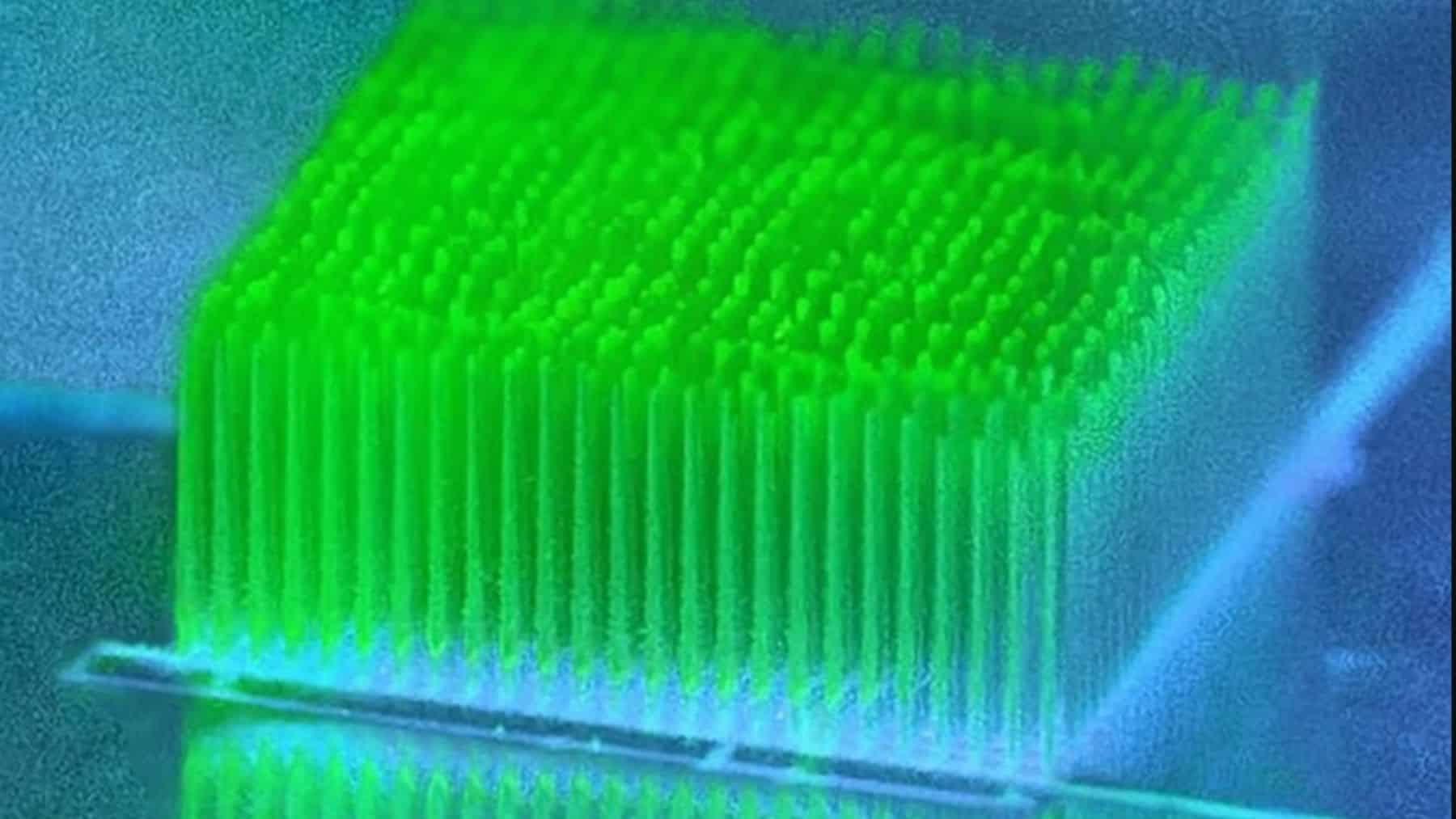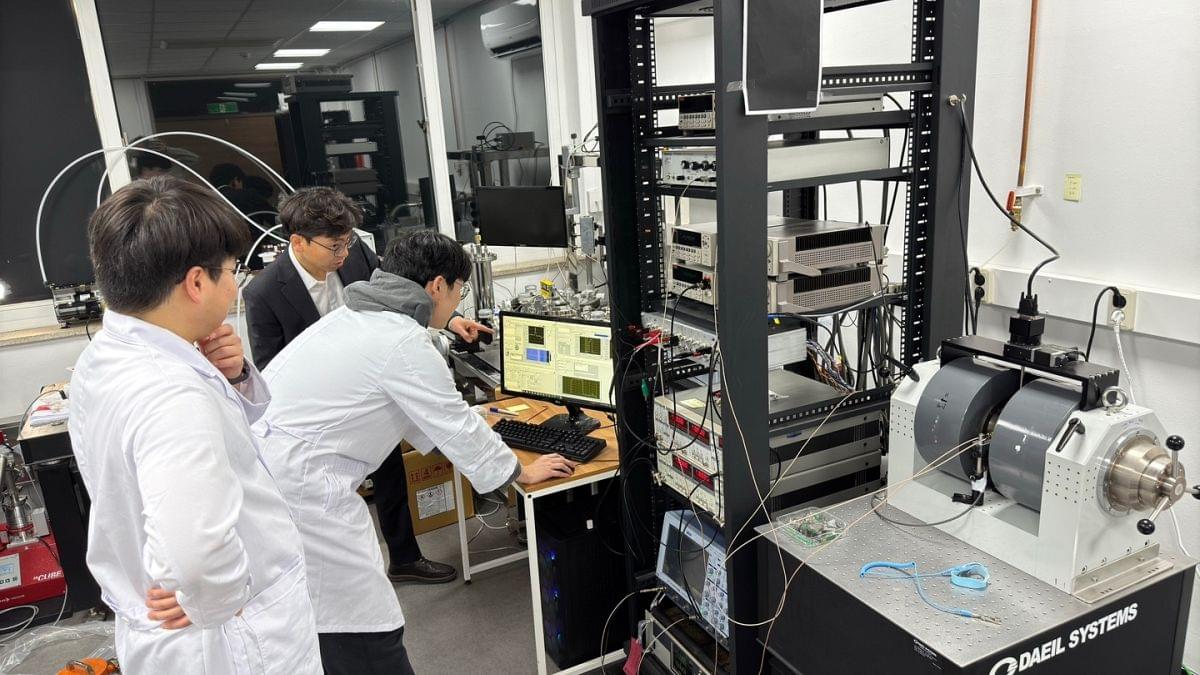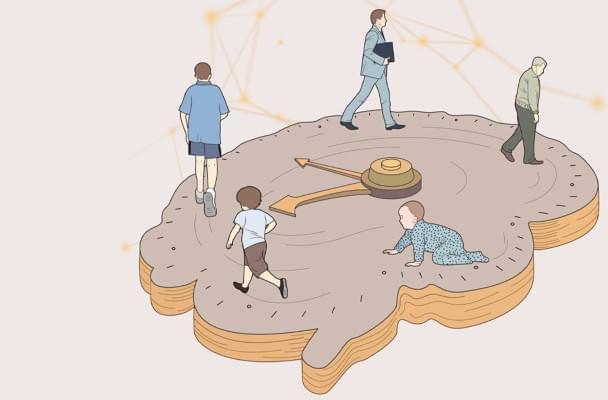Scientists have discovered a new four-body quasi-particle, the quadruplon, in a 2D semiconductor. Using laser experiments and advanced theory, they identified unique spectral features unexplained by existing models, confirming the quadruplon’s existence. A central goal of physics is to understand
Determining the passage of time in our world of ticking clocks and oscillating pendulums is a simple case of counting the seconds between ‘then’ and ‘now’
Down at the quantum scale of buzzing electrons, however, ‘then’ can’t always be anticipated. Worse still, ‘now’ often blurs into a haze of vagueness. A stopwatch simply isn’t going to work for some scenarios.
A potential solution could be found in the very shape of the quantum fog itself, according to a 2022 study by researchers from Uppsala University in Sweden.
After centuries, perhaps artificial photosynthesis can be pave the way forward for clean energy innovation and we have cyanobacteria to thank.
🎓 Team BrainGraphers, Deep Learning👥 Team members: Mohamamd Mohammadi, Mohammadhosein Shakiba, Rana Rokni💡Mentor: Nima Dehghani 🔗 https://impact-scholars…
A new quantum radio device may detect axions—potential dark matter particles—marking a breakthrough in the hunt for the universe’s missing 85% mass.
A revolutionary way to control your digital world effortlessly — no surgery, no implants, no touching, no voice, no screen.
Spintronics researchers discovered a new mechanism to generate strong spin currents that could bring us a step closer to low-power, high-performance memory and processors.
Nature Neuroscience provides the international neuroscience community with a highly visible forum in which the most exciting developments in all areas of…
Senapati, P., Parida, P. Sci Rep 15, 13,232 (2025). https://doi.org/10.1038/s41598-025-97337-0
NAQI: Northeastern University scientists have discovered that a protein in the human brain could potentially be used to grow new neurons in the lab and enhance brain processes affected by aging or neurodegenerative diseases
Posted in biotech/medical, life extension, neuroscience | Leave a Comment on NAQI: Northeastern University scientists have discovered that a protein in the human brain could potentially be used to grow new neurons in the lab and enhance brain processes affected by aging or neurodegenerative diseases
In their study, published in Mechanobiology in Medicine, the researchers discovered that the protein responsible for binding neural stem cells in the human brain, neuro-cadherin, also plays a key role in stimulating their differentiation.
Neural stem cells are early-stage, unspecialized cells that have the ability to differentiate, or develop, into various types of neurons and non-neuronal cells of the central nervous system.








